If you loved the gritty, fast-paced action of Point Blank (1967), you're in for a treat. This article explores 10 movies and shows that capture the same raw intensity, stylish violence, and relentless pursuit of justice. Whether you're a fan of Lee Marvin's iconic performance or the film's groundbreaking neo-noir style, these picks will keep you on the edge of your seat.

The Asphalt Jungle (1950)
Description: A classic heist film that delves into the planning and aftermath of a robbery, with a focus on the flawed characters involved. The film's noirish visuals and tragic tone align with the referenced title's themes of crime and consequence.
Fact: The film was one of the first to portray criminals as complex, sympathetic characters. It was nominated for four Academy Awards, including Best Director.
 Watch Now
Watch Now 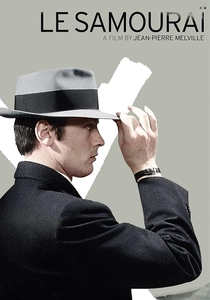
Le Samouraï (1967)
Description: A minimalist, existential crime film about a hitman navigating a world of betrayal and fate. The film's cool, detached protagonist and its emphasis on style over dialogue create a similar mood of quiet tension.
Fact: The film's iconic trench coat and fedora look has influenced countless crime films since. It was shot in color but printed in black and white to achieve its distinctive visual style.
 Watch Now
Watch Now 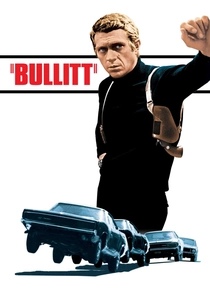
Bullitt (1968)
Description: Known for its groundbreaking car chase sequences and a cool, detached protagonist, this film excels in minimalist storytelling and atmospheric tension. The urban setting and procedural elements create a similar sense of realism and suspense.
Fact: The iconic car chase scene was filmed in San Francisco and took three weeks to shoot. It is often cited as one of the greatest car chases in cinema history.
 Watch Now
Watch Now 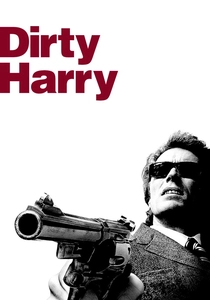
Dirty Harry (1971)
Description: A tough, no-nonsense cop takes on a psychotic killer in this urban crime thriller. The film's themes of justice, vengeance, and moral ambiguity, along with its tense action sequences, resonate with the referenced title's tone.
Fact: The famous 'Do I feel lucky?' monologue was largely improvised. The film sparked controversy for its perceived glorification of vigilante justice.
 Watch Now
Watch Now 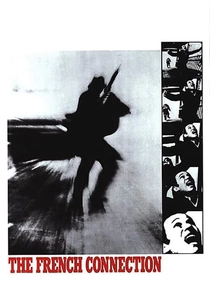
The French Connection (1971)
Description: A hard-boiled police procedural with a relentless pursuit of criminals, featuring gritty realism and a morally complex protagonist. The film's documentary-style cinematography and high-energy chase scenes align closely with the referenced title's aesthetic.
Fact: The film's famous car chase under the elevated subway tracks was largely improvised and filmed without permits. It won five Academy Awards, including Best Picture.
 Watch Now
Watch Now 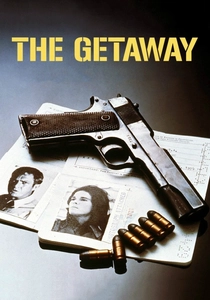
The Getaway (1972)
Description: A gritty crime thriller featuring a high-stakes heist gone wrong, with intense chase sequences and a morally ambiguous protagonist on the run. The film's raw, realistic violence and tension-filled narrative mirror the relentless pace of the referenced title.
Fact: The film was initially given an X rating due to its violent content, but was later edited to secure an R rating. It was one of the highest-grossing films of
 Watch Now
Watch Now 
The Friends of Eddie Coyle (1973)
Description: A bleak, character-driven crime drama about a small-time crook caught between loyalty and survival. The film's unglamorous portrayal of criminal life and its emphasis on dialogue over action align with the referenced title's grounded approach.
Fact: The film is based on a novel by George V. Higgins, a former prosecutor who drew from real-life criminal cases. It features largely unknown actors to enhance its realism.
 Watch Now
Watch Now 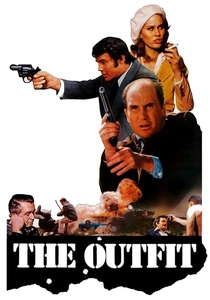
The Outfit (1973)
Description: A methodical crime film about a professional thief navigating a world of betrayal and violence. The film's focus on the mechanics of crime and its subdued, tense atmosphere mirror the referenced title's style.
Fact: The film was based on a novel by Richard Stark, a pseudonym for Donald E. Westlake. It is considered a spiritual successor to another famous crime film from the same era.
 Watch Now
Watch Now 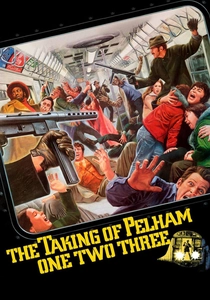
The Taking of Pelham One Two Three (1974)
Description: A taut, suspenseful thriller centered around a subway hijacking, with sharp dialogue and a cat-and-mouse dynamic between criminals and authorities. The film's tight pacing and urban setting evoke a similar sense of urgency and realism.
Fact: The film's title refers to the time the subway train was taken (1:23 PM). It was remade twice, in 1998 and 2009, but the original remains the most acclaimed.
 Watch Now
Watch Now 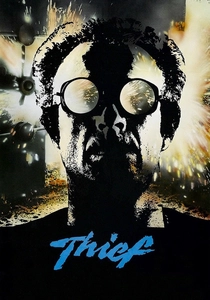
Thief (1981)
Description: A meticulously crafted heist film with a focus on the protagonist's professionalism and the high stakes of criminal life. The neon-lit urban atmosphere and existential undertones create a similar mood of tension and inevitability.
Fact: The film features a real-life safecracker as a technical advisor, and many of the heist scenes were performed for real. It was the feature film debut of its director.
 Watch Now
Watch Now 








